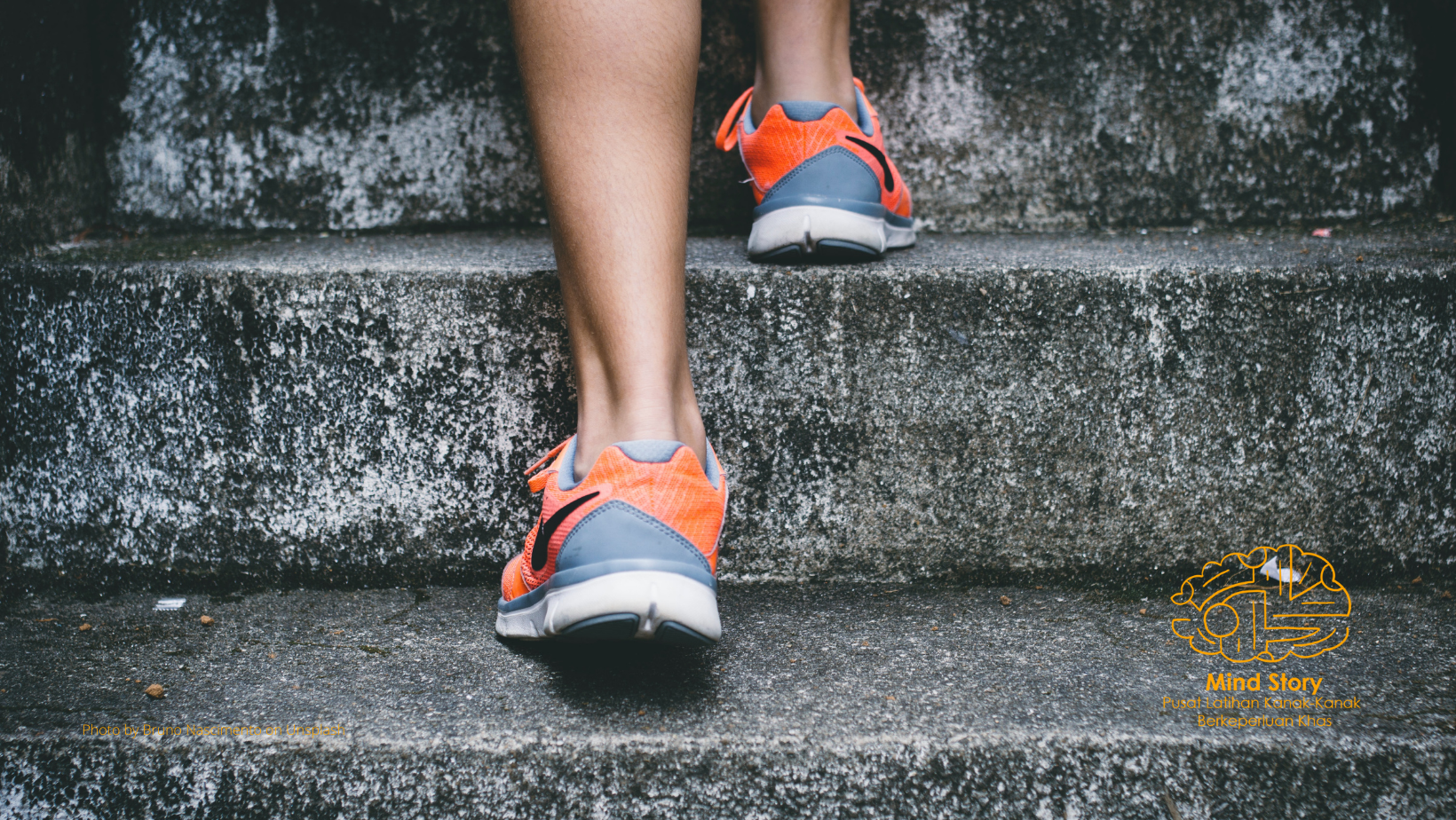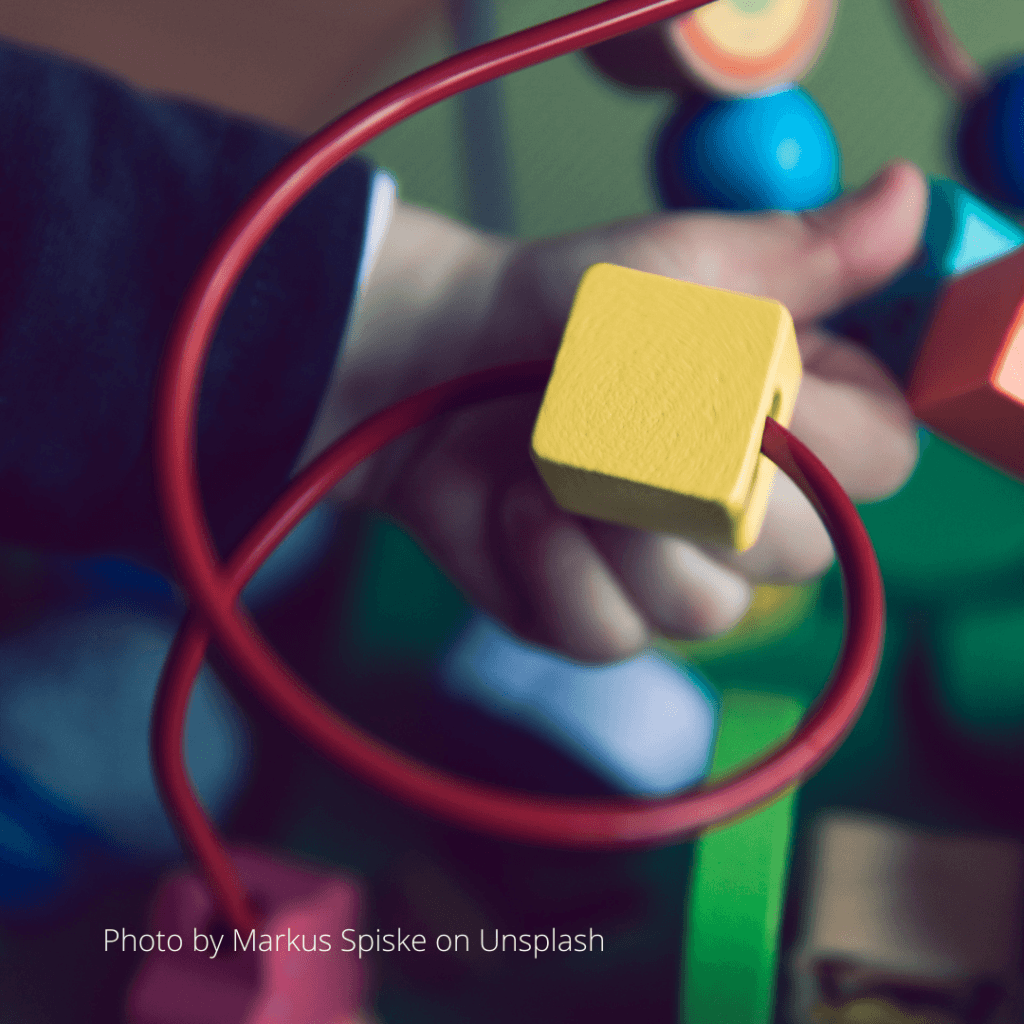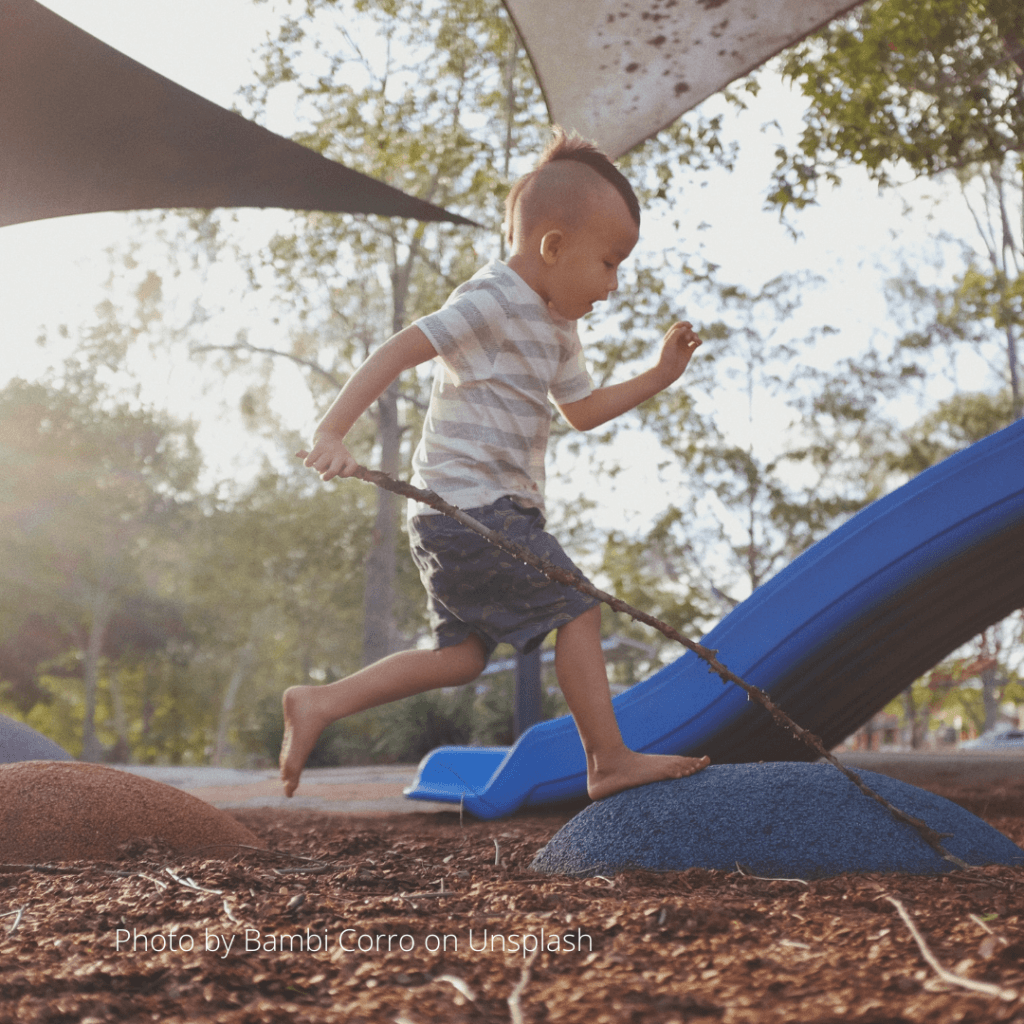
When babies are born, their internal organs are developed and functioning. On the other hand, their physical growth takes place and changes through stages. Babies grows physically from top down – from their neck holding up their head, their hands to hold bottles and utensils to their legs – standing, walking, running and hopping. Children acquire their fine motor and gross motor skills as they grow. Nutrition and health plays an important role in ensuring children grow healthily.
What is physical development
Physical development of a child encompasses their gross motor and fine motor skills. Gross motor skills involve large muscles in a child’s arms, legs and torso. Learning to sit up independently to walking and climbing up the stairs are some developmental milestones for a child’s physical development. It is the foundation skill needed to build on fine motor skills. Meanwhile, fine motors skills are a child’s ability to use their small muscles on their hand and wrists. Fine motor skills help your child in daily living activities such as buttoning, using scissors, writing and typing.
Why is physical development important
Development of your child’s gross and fine motor skills are part of the necessary for your child to succeed in their learning journey. A child’s physical development also ensure they will lead a healthy, active lifestyle as they grow. Strengthening of bone and muscles supports movement and body control thus allowing your child to perform daily activities and prevention of fall as they get older. An active lifestyle is also related to brain growth and development. A simple activity such as catching a ball requires not only muscle ability but also eye-hand coordination, visual scanning in determining where is the ball and probably listening skills as prompt was given before the ball catching activity.

What can you do to support your child’s physical development
Tracking your child’s physical development is probably one of the easiest way to identify if there is any delay. In addition to their regular weight and height check, their physical development such as ability to lift up their head, sitting up independently, crawling or standing up are easily monitored.
Here are ways where you can encourage the physical development of your child:
Play
Play is one of the most versatile activity you can do with your child. During play, encourage your child to move – with their eyes, head, hand, legs or body. Babies can start with mobile and tummy time. When they have learned to crawl, play hide-and-seek – get them to crawl across room to reach for their favorite toy. Play their favorite tune and dance to the music or build blocks than is taller than your child.
Chores
Encourage your child to contribute as part of the family by doing chores. Simple activity such as getting dressed, pick up toys, sorting laundry by colors are chores than a 2-year old can contribute. It teaches life skill and provide opportunity for your child to be independent. Give them a children’s set when you are sweeping or mopping the floor. Getting them to unpack your grocery shopping is also a great way to get them active – sorting and putting groceries in shelves and rack provides opportunity to build vocabulary and conversations.
Get Outdoor

Take a walk to the park or having time at the playground is a a great way to get your child active. Running, climbing or play catching are a great way to develop your child’s muscle. Learn to ride a bicycle or play tug-a-war to build strength. For older children, get them involved in sports activities or explore hiking places with various difficulty level.
Conclusion
Physical development is one of the easier developmental milestones to monitor and observe on your child. Babies grow from top down and acquire their fine motor and gross motor skills as they grow. Nutrition and health play an important role in ensuring children grow healthily. Physical development support your child’s success in their learning journey.